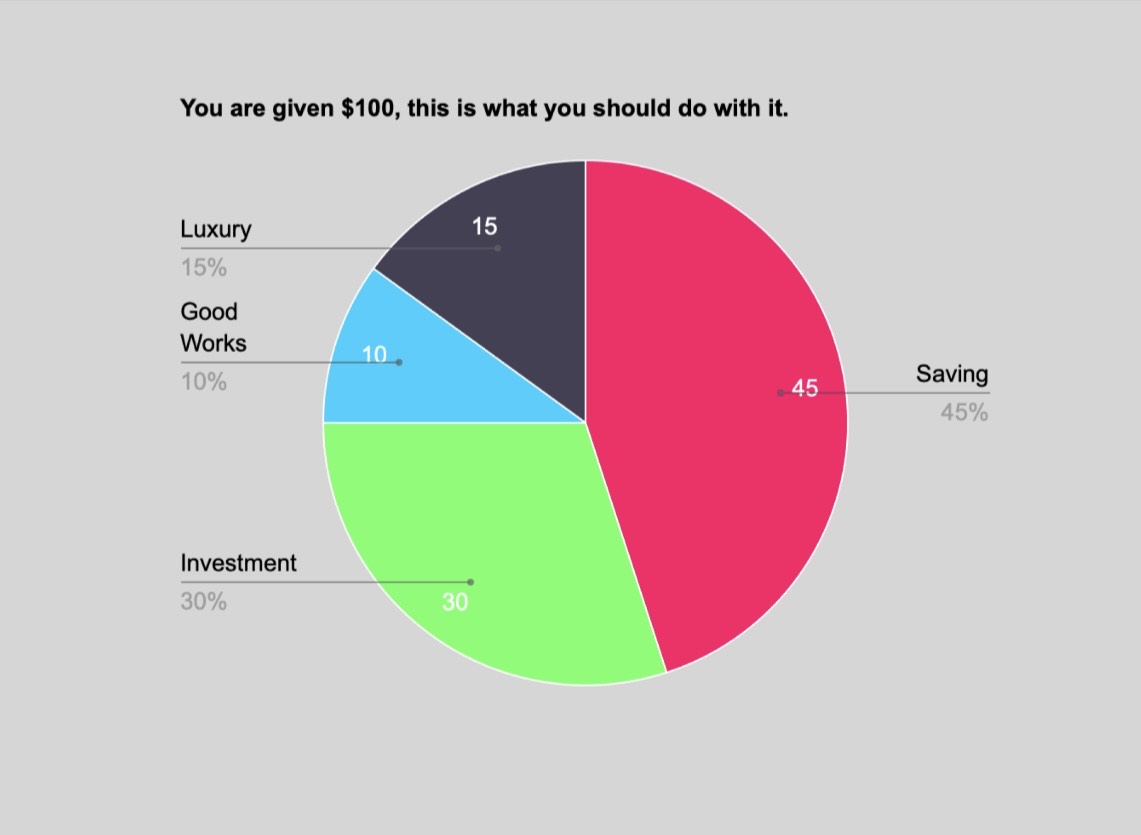Ever since the 2005 revision, an increasing amount of colleges and universities are opting out of requiring the SAT as part of the application process(New York Times). Many of the institutions were dissatisfied with the SAT’s ability to assess a student’s performance in college. The College Board decide to respond to this by redesigning the SAT for the 2016 school year and onwards. They believe that the new SAT will more accurately portray students’ skills in everyday life and their future success in college. What they have now looks a lot more like the ACT.
Research has also been done to show that SAT scores directly correlate with your income level. Basically, rich kids do better on average than those that have low income.This is partly due to what was mentioned above, families who have more wealth can afford to pay for multiple SAT tests, for prep classes, and tutors. Students who don’t have these resources, regardless of whether they do well in school, are set at a disadvantage when taking the SAT.
Another of the reasons why College Board has revised the SAT is due to the complaint that it asks “deceptive questions” and uses “tricks to complicate questions” (Prepscholar). For a long time the SAT has been accused of assessing test taking skills rather than learned information, shown by the abundance of available SAT prep online courses you can take or simple methods that you can memorize in order to boost your scores.This means that if you become familiar with the kind of questions SAT asks then you have a higher chance of doing well, going against the assessment nature of the test. In essence, practice makes perfect.
So how has College Board responded to this in their revision of the SAT? We know now that the writing portion is now optional, and it is scored out of 1600 instead of 2400, but what else is different?
The majority of the change has occurred in what used to be called Reading comprehension (now called Reading and Writing). If you have ever taken an AP English test you will know what to expect, as it’s now modeled much more like such. No longer will you receive -¼ point for selecting the wrong answer, but they will also only be giving you four answers to choose from instead of five. Gone are the fill-in-the-blank vocabulary questions, but you will be asked to infer the definition of a word based of its context in a passage. Grammar questions will also be based off a passage too, instead of identifying the error in a single sentence. Like the AP tests, it will ask for questions that test your reasoning skills, but unlike the AP it will have follow up questions as well, asking for evidence for your answer. The writing portion is almost identical to a Free Response Essay on the AP Language test. You will be given a passage where an author takes a stance and then you will have 50 minutes to analyze their argument.
The Math Section will also be changed. Just like in the reading portion you will have questions that build on each other, or multi-part questions that you have to solve for more than one thing. Ten percent will be geometry compared to the former 30%, but trigonometry questions will be introduced, although a very small percentage. The new SAT will also include real life situations, much like the ones you see in your math book, asking you about gas mileage and speed, while others will only have you solve for a variable.
Studying for the SAT will be different now too. Instead of focusing mainly on how the questions are asked and tricks for solving math questions or eliminating answers, test prep will focus on reasoning and analysis skills. One way you can still effectively study for the new SAT, recommended by Prep Scholar, is using Khan Academy. The hope for the new SAT is that it will more accurately assess students’ skills and their ability to succeed in college.
Sources: Prepscholar.com, Complete Guide to the New SAT in 2016 by Allen Cheng;
New York Times, The Story Behind the SAT Overhaul by Todd Balf
Image source: SAT COLLEGE BOARD
If you have an article that you’d like to submit, you can do so at ncaeagleseye@gmail.com.


